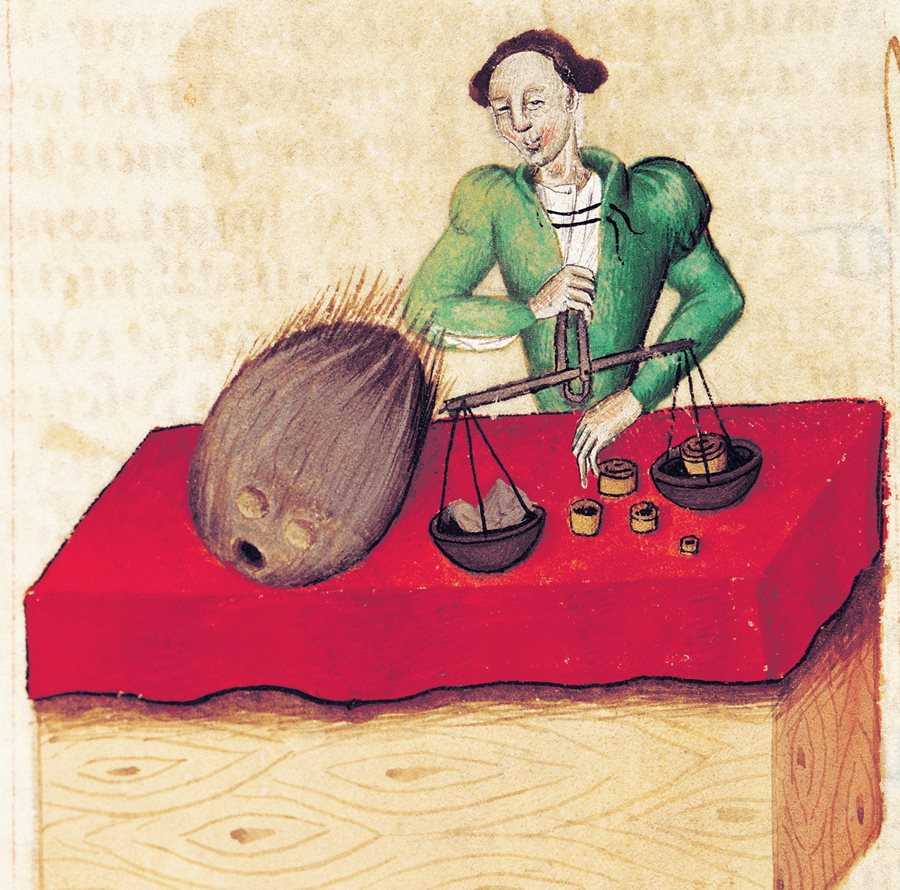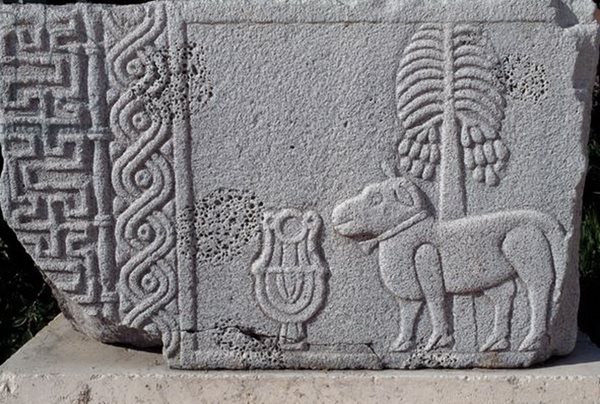For thousands of years, the coconut palm has entwined itself in history, from tropical coasts to typical shelves in global groceries. Called the “tree of life” by the many cultures that have depended upon it through time, it provides sustenance, succor and shelter. While it now grows on every subtropical coastline around the world, genetic testing underwritten by the National Geographic Society in 2011 showed the coconut originated in India and Southeast Asia. From its original home, the nut—which can float—made its way independently, traversing both hemispheres.


These mariners encountered coconuts as they traded with their Indian counterparts who sailed small, nimble dhows, coast-hugging boats made from teak or coconut-wood planking lashed together with coconut fiber (coir). The dhow was adopted by Arab merchant mariners themselves, and the boats continue to be made today, but with modern materials.
These same traders also introduced coconuts to Europeans, first along the trans-Asian Silk Roads. Among them was the Venetian adventurer Marco Polo, who encountered the tree in Egypt in the 13th century, calling its fruit “the Pharaoh’s nut.”
Beginning in the early 16th century, the coconut came to Europe through the “maritime Silk Road” following explorer-colonizers like Vasco da Gama, who pursued a direct trade route between Portugal and India, guided by maps and navigational information charted by the famed Arab navigator Ahmad ibn Majid a half century before.
From da Gama and other Portuguese traders came the coconut’s contemporary and most recognized international name: They called it coco-nut because it resembled a cocuruto, or skull, with three dots on its end like two eyes and a mouth and coconut fibers that resembled hair.
Click here for the full article including Coconut Recipes





